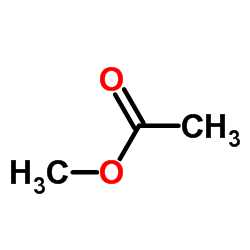| Structure | Name/CAS No. | Articles |
|---|---|---|
 |
Formic Acid
CAS:64-18-6 |
|
 |
Estradiol Benzoate
CAS:50-50-0 |
|
 |
Methyl acetate
CAS:79-20-9 |
|
 |
Testosterone Decanoate
CAS:5721-91-5 |